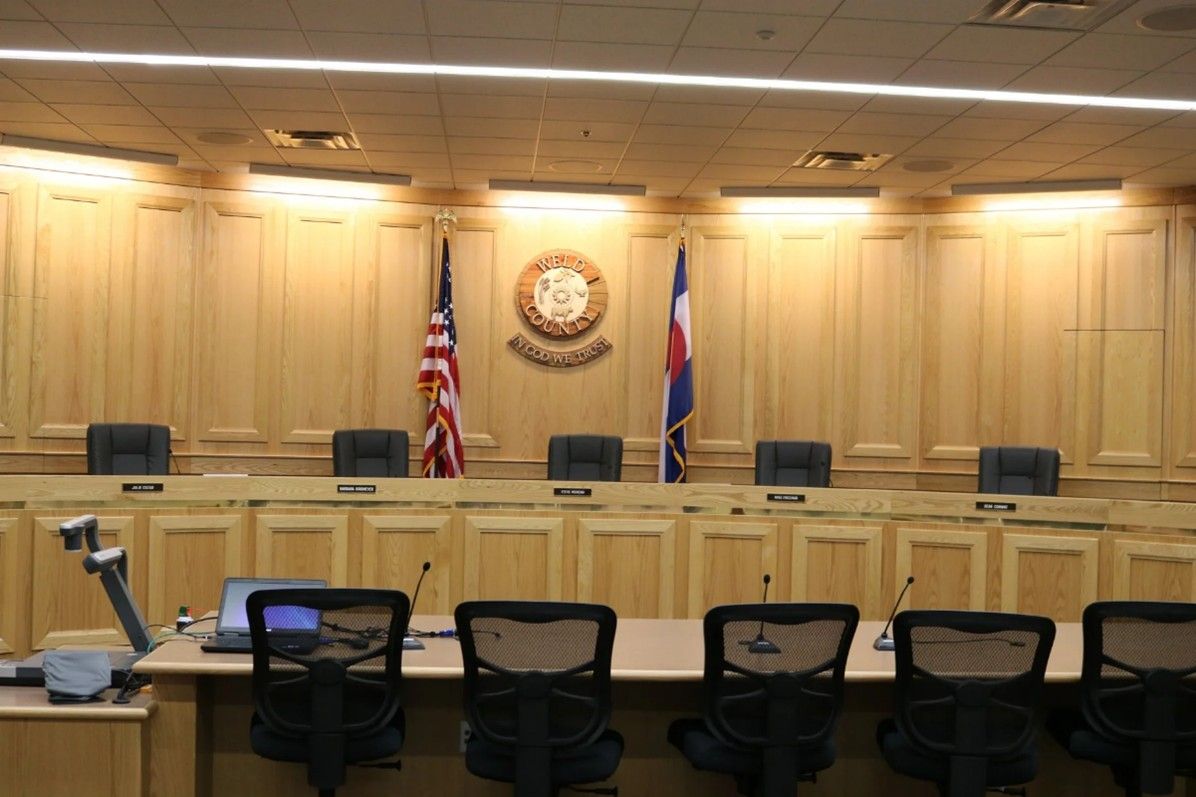
Advocating for Agriculture by Influencing Local Land Use Code Updates
In 2023, AGPROfessionals planners and engineers worked on a project for a client in Lincoln County, ID. As a part of advocating on our client’s behalf, we contacted the county Planning and Zoning Department to explore ways to address the challenges our client was facing. We learned that the county was considering revisions to its CAFO Code (Confined Animal Feeding Operation), which hadn’t been updated in over 20 years. This was an opportunity for AGPROfessionals to offer our assistance, expertise, and experience to the revision process—not only for the benefit of our client—but for the good of all agricultural producers in the county.
Why We Care About Land Use Codes
Local governments use county land use codes to manage growth, protect local resources, and guide sustainable development. These codes are especially significant in rural communities, where agricultural operations are central to the economy, and land availability may be influenced by public ownership, conservation restrictions, or competing development needs.
For agricultural producers, land use codes can directly affect business viability—impacting the ability to expand, modernize, or establish new operations. As communities evolve, updating these codes ensures they remain effective, practical, and supportive of both agricultural production and community priorities.
The Importance of Engagement
In many counties, code updates for livestock production—including Confined Animal Feeding Operations (CAFOs)—may occur only once every several years. When these revisions are on the table, it is critical for producers to participate.
Work sessions and public hearings provide opportunities for producers, planners, and local officials to work together to:
- Identify barriers to business growth.
- Share successful approaches from other regions.
- Recommend definitions, zoning classifications, and permit processes that reflect current industry realities.
- Balance environmental stewardship with operational flexibility.
Best Practices for Productive Involvement
1. Understand Your County’s Current Code
Familiarize yourself with existing county provisions related to livestock production. This may include buffer zones, setback requirements, permit procedures, and grandfathering clauses for existing operations.
2. Share Industry Experience
Offer examples of what has worked in other counties or states—such as replacing overly restrictive buffer zones with science-based setbacks or modernizing mapping and application requirements.
3. Propose Practical Solutions
Suggest language that supports the expansion of existing facilities, attracts new agricultural investment, and ensures fair treatment of established operations.
4. Support Clear Processes
Encourage the inclusion of well-defined permitting steps, notice requirements, and appeal procedures to improve transparency and predictability.
5. Consider Working with a Land Use Expert like AGPROfessionals
Encourage the inclusion of well-defined permitting steps, notice requirements, and appeal procedures to improve transparency and predictability.
Common Elements in Updated Agricultural Codes
While details vary by jurisdiction, updated livestock production codes often address:
- Purpose and intent of the ordinance.
- Definitions of key terms and facility types.
- Zoning classifications and siting standards.
- Application and permit procedures.
- Hearing and appeal processes.
- Enforcement provisions.
- Recognition of existing (grandfathered) operations.
Why This Matters for Producers
Well-crafted land use codes can:
- Enable responsible expansion of livestock facilities.
- Provide a pathway for new operations to be established.
- Reduce unnecessary regulatory burdens.
- Protect property rights while maintaining environmental safeguards.
Staying Informed and Proactive
To protect your operation and help shape workable regulations:
- Monitor county websites, newspapers, and official notices for proposed changes.
- Engage with planning and zoning administrators regularly.
- Participate in work sessions and hearings to share your perspective.
- Collaborate with other producers and industry groups to present unified, constructive feedback.
Bottom Line:
Active involvement in local land use code updates ensures agricultural producers have a voice in shaping rules that affect their operations. By staying informed, engaged, and solution-focused, you help create a regulatory environment that supports agricultural innovation, economic vitality, and community well-being.
